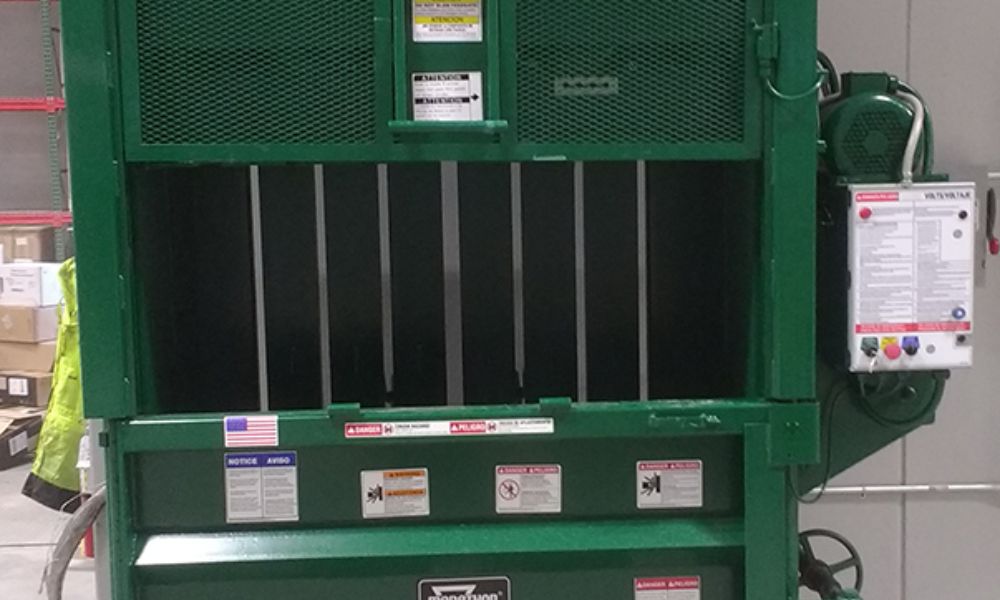
Waste management is a major focus for various industries. Balers are great for waste management, as they create bales of trash and recyclable materials for disposal. As a business owner or manager, you should provide your business with the best equipment for waste disposal. The right baler for your waste management needs will enhance the cleanliness of your work environment.
Understand Your Waste Needs
Businesses generate different volumes and types of waste, including cardboard, plastic, textiles, and metals. By identifying the characteristics of your waste, such as its size, density, and composition, you can determine the requirements for your baler. A bale laden with heavy materials will be more challenging to manipulate, so it’s important to understand how your company produces waste in the first place.
Types of Balers
Balers are designed to handle different waste materials and meet various processing needs. The three most common types are vertical balers, horizontal balers, and two-ram balers.
Vertical Balers
Vertical balers compress waste vertically and are ideal for businesses with limited space. They typically handle small volumes of recyclable materials like cardboard, paper, and plastic. A vertical baler is cost-effective, easy to operate, and occupies less floor space than other models.
Horizontal Balers
Horizontal balers are suitable for large waste volumes and can handle a wide range of materials, including cardboard, plastic, foam, and aluminum. They compress waste horizontally, creating large bales that are easy to transport.
Two-Ram Balers
These heavy-duty machines are capable of processing high volumes of diverse waste. They offer versatility in handling lightweight materials (cardboard and paper) and heavy items (plastic bottles and tires). Two-ram balers feature two compression rams, allowing them to adjust the compression force based on the waste type.
Important Factors
Consider the following factors when selecting a baler for your waste management needs:
- Waste Volume – Determine the amount of waste your facility generates daily or weekly. This information will help you choose a baler with an appropriate capacity.
- Space Availability – Ensure the chosen baler fits in your facility without obstructing workflow or creating safety hazards.
- Waste Composition – Analyze the types of waste materials you handle. This will influence the size, power, and capabilities of the baler you require.
- Operational Efficiency – Consider the frequency of waste generation and your desired processing speed.
- Safety and Durability – Prioritize balers with safety features and sturdy construction to ensure worker safety and equipment longevity.
It’s important to pay attention to every in-house process, including waste management. The right equipment will help your business stay organized and contribute to better waste management.


